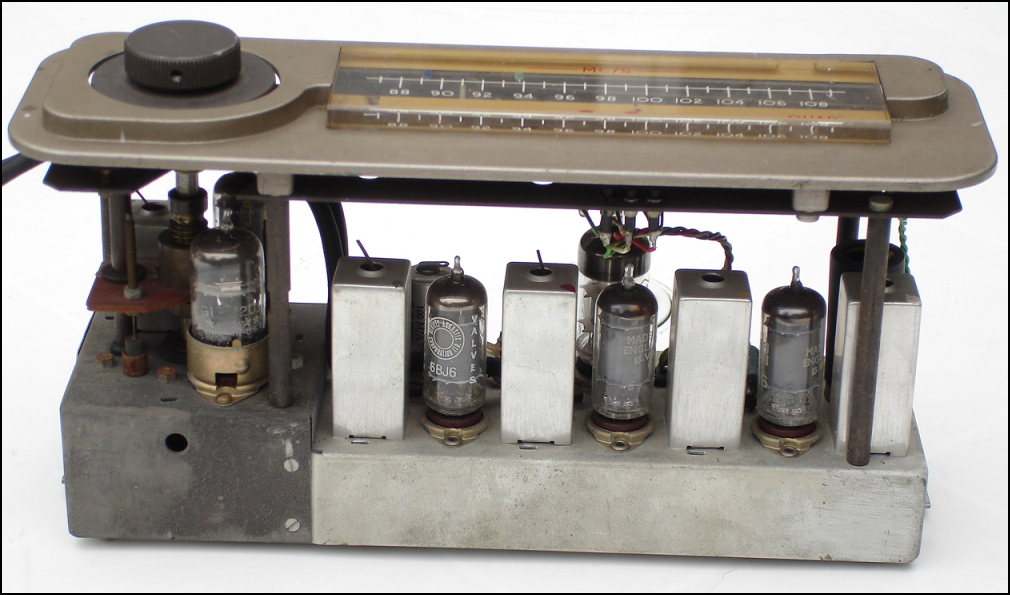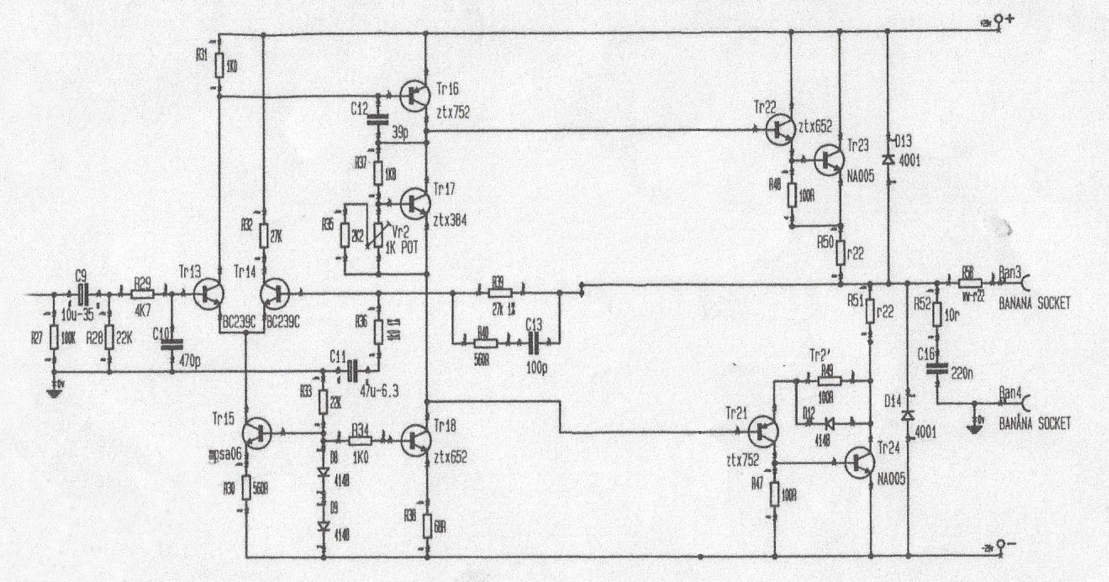Whilst clearing out the workshop happened across this Nait3 wannabe and decided to have a last pop at bringing it back to the life.
The PowerAmp board (acquired long ago and never tested) is overheating on one channel. It had fried the output trannies on the left channel.
Since then, the trannies and several measurably faulty components (emitter drivers, diodes, burnt resistors) have been replaced along with soa circuitry removal.
I have a current limiter (halogen lightbulb) in series with the mains, the issues are as follows:
1. Power on. No load. No input signal. Temp of output trannies on faulty channel gradually increases to over 100C in 2 minutes. Lightbulb current limiter gradually brightens. Right channel unaffected.
2. Power on. Speaker load on faulty channel. Lightbulb current limiter instantly bright. Right channel with speaker load is no problem.
With the current limiter in place I have about 2 minutes before I need to power-off and cool it down - so I could do with some pointers as to what can kick one channel out like this.
Picking points in the circuit and comparing the good and faulty reveals no differences in measured voltages. Bias is set at 2.9mV both channels. 11mV DC offset at the output on both.
In circuit checking of the transistors and diodes shows no problems (or differences between channels).
Any assistance with tracking down what can cause this?
Cheers
Nick



